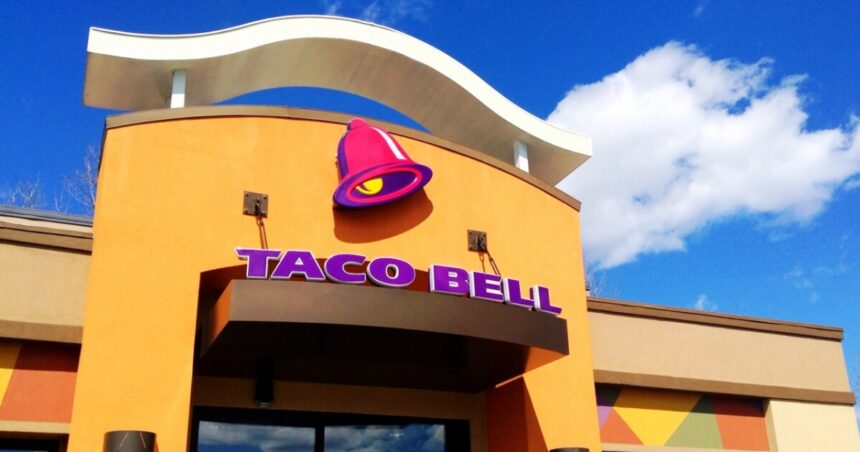When you request extra mild sauce at the Taco Bell drive-thru next time, you might not get a human response. Yum! Brands, Inc. announced on Wednesday that it is expanding the use of voice AI technology in hundreds of Taco Bell locations across the U.S. by the end of this year, particularly focusing on the drive-thru sector. This means that if you want to have a real person-to-person conversation about your Crunchwrap Supreme at some of its 7,400 U.S. stores, you will have to go inside.
“Utilizing AI allows us to alleviate the workload of team members, allowing them to concentrate on providing excellent front-of-house hospitality,” said Dane Mathews, chief digital and technology officer at Taco Bell. “It also provides new and meaningful ways to engage with our customers.”
More than 100 Taco Bell locations in 13 states already use voice AI in their drive-thrus and have reported benefits such as enhanced order accuracy, reduced wait times, a continued friendly experience, and increased profitable growth for Yum! Brands and its franchisees, the restaurant company stated.
The chief innovation officer mentioned that they have been refining and testing the AI technology for two years in collaboration with franchisees before deciding to expand it. Additionally, five Australian KFC restaurants owned by Yum! Brands will be testing voice AI in drive-thrus.
RELATED STORY | Restaurants implementing AI, self-ordering kiosks in 2024
Taco Bell now joins its competitors in incorporating AI technology into the ordering process. Hardee’s, Carl’s Jr., and Wendy’s announced last year that they were testing automated ordering to enhance customer and crew experiences. However, McDonald’s, which initiated testing with IBM in 2021, recently terminated the partnership, stating that they will explore long-term scalable solutions for a future voice ordering solution by the end of the year.
According to a March report from the National Restaurant Association, 16% of restaurants plan to integrate artificial intelligence into their operations this year. Additionally, 1 in 4 restaurants intend to implement self-ordering and payment kiosks, with nearly half of surveyed restaurants planning to use technology and automation to address labor shortages.





